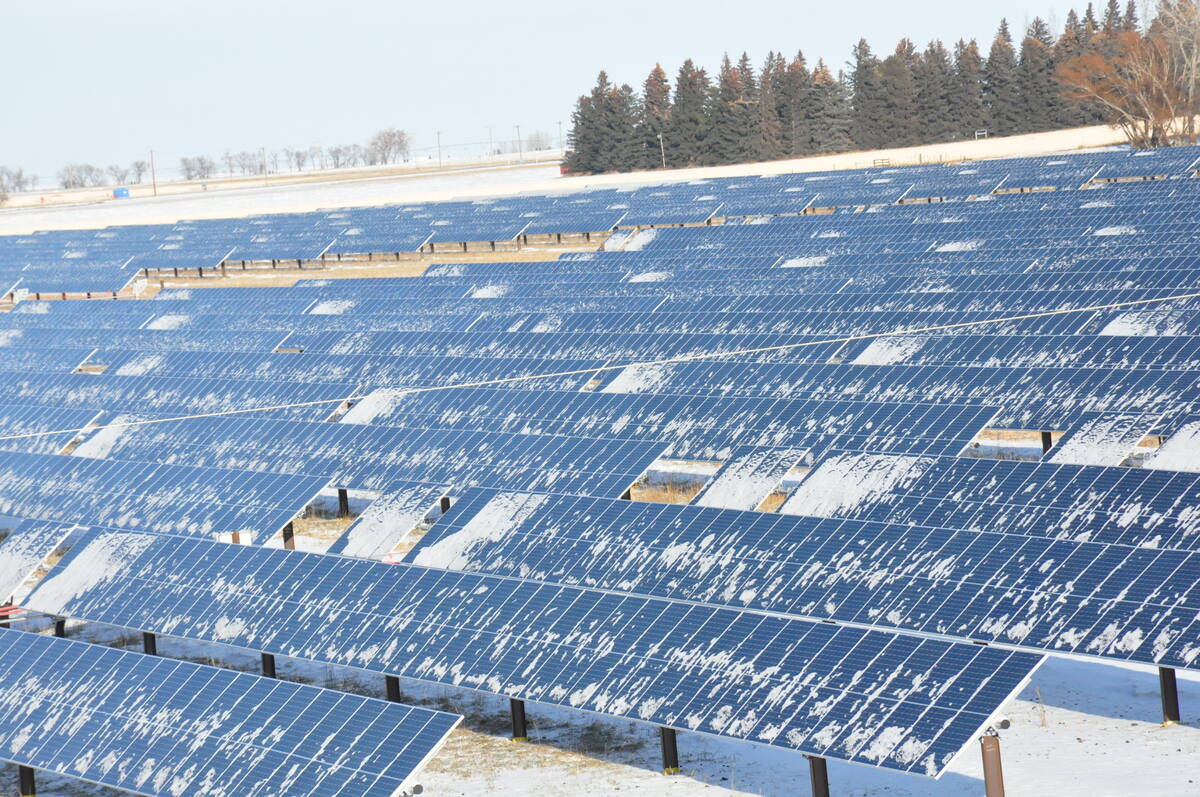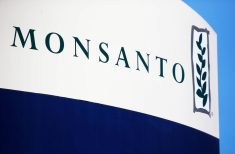The trials and travails of the MV Zim Kingston at times devolved into life-or-death slapstick.
The cargo ship, while off the coast of British Columbia, first suffered problems Oct. 22, when it’s said to have lost 40 of the sea cans stacked on its decks to rough waters.
Then, two days later a fire broke out amongst the remaining shipping containers, spewing toxic fumes and necessitating evacuation and firefighting efforts.
Somewhere in that mayhem a further 66 shipping containers went missing overboard, bringing the total to 106.
Read Also

Why agriculture is Canada’s energy ace
Why isn’t agriculture getting more play in Canada’s quest for efficient, renewable energy production? It should be
Some of them have now hit the coast of Vancouver Island, spilling their diverse cargo. One eyewitness told a local television station that they’d observed “… stuff everywhere fridges, rain boots, shoes, toys, Chinese checkers boards, baby oil, food packs, hair wax, Styrofoam, backpacks and more.”
While it’s a grim environmental picture, thankfully none of the crew members on the ship were killed or seriously injured.
It is, however, a fittingly ironic highlight against the backdrop of a worldwide logistics meltdown that’s painfully revealing many of the shortcomings of our globalized international economy.
One farmer of my acquaintance shared a meme on social media that had been making the rounds, of a container that had fallen off the side of the ship, and was bobbing in the waves. An arrow pointed to the container, with the annotation ‘the part you’re waiting for.’
That about sums up the effect the global supply chain disruptions are having on many. Another social media post that I saw showed the empty shelves at a local pop-up Halloween store that typically fills an empty storefront for a few weeks every fall.
Nobody’s going to suffer much more than disappointment at not being able to get a cheaply made single-use holiday costume. But we’ve come to expect that we’ll be able to get them, and a plethora of other products, which is a testament to how durable these supply chains have been. And why it’s a problem they now seem to be breaking down.
Two stories in this issue underline just how devastating that could be for Canada’s economy.
In the November 4 issue of the Co-operator, our Allan Dawson delves into a call for government action on the container crisis. That charge is being led largely by Pulse Canada, whose members have long depended on backhaul routes that would allow them to ship containerized crops for premium prices.
Now those routes are being eliminated, containers are in short supply and the major shipping companies appear to be acting as a de facto cartel.
They’re concentrating on filling demand for the fronthaul from Asian manufacturers, and would rather have the cans come all the way back empty than delay them in the slightest at this end, or seeing them deviate at all from a direct route back.
Which is great for the bottom lines of the handful of global shipping companies, but a disaster for everyone else. Other national governments, including the U.S., have taken notice and are investigating, but so far Canada remains on the sidelines.
And that’s not good, because this second article is a wire story about how the logistics crisis is limiting Canada’s economic growth and contributing to growing inflation. And while nobody’s calling it the dreaded stagflation just yet, those are in fact the two constituent ingredients of that disastrous brew.
The numbers are compelling. StatCan expects to see inflation remain high for the remainder of this year, after hitting a decades-high 4.4 per cent in September. It’s also expecting inflation in excess of the Bank of Canada’s one to three per cent inflation target for all of 2022.
On the economic growth side, the federal agency reported just 0.4 per cent growth in August, which missed estimates, and said it expects no growth in September.
That added up to annualized GDP growth of just 1.9 per cent, based on the third-quarter figures. That was far below the Bank of Canada’s earlier estimate of 5.5 per cent.
For decades now, trade has been stylized as the lifeblood of the globalized economy, with stable economic growth, limited inflation and general economic well-being depending on it.
At the same time Canada has proudly declared itself a trading nation, whose own economic fortunes are tied to it.
To that end our governments, regardless which of the major parties found itself in power, have pursued a free trade agenda since the first Canada-U.S. agreement was signed in 1987.
But now, it seems, plaque is clogging the arteries of trade, threatening the health of the patient.
Our government should be looking to take targeted action like a container probe, to help unclog those arteries and bring the patient back to a state of good health.
Otherwise it may be a long — and painful — period of convalescence.















